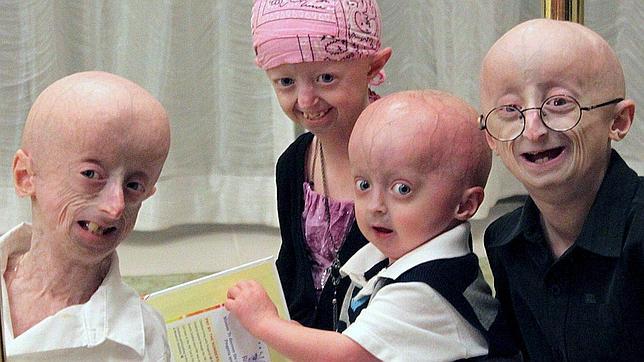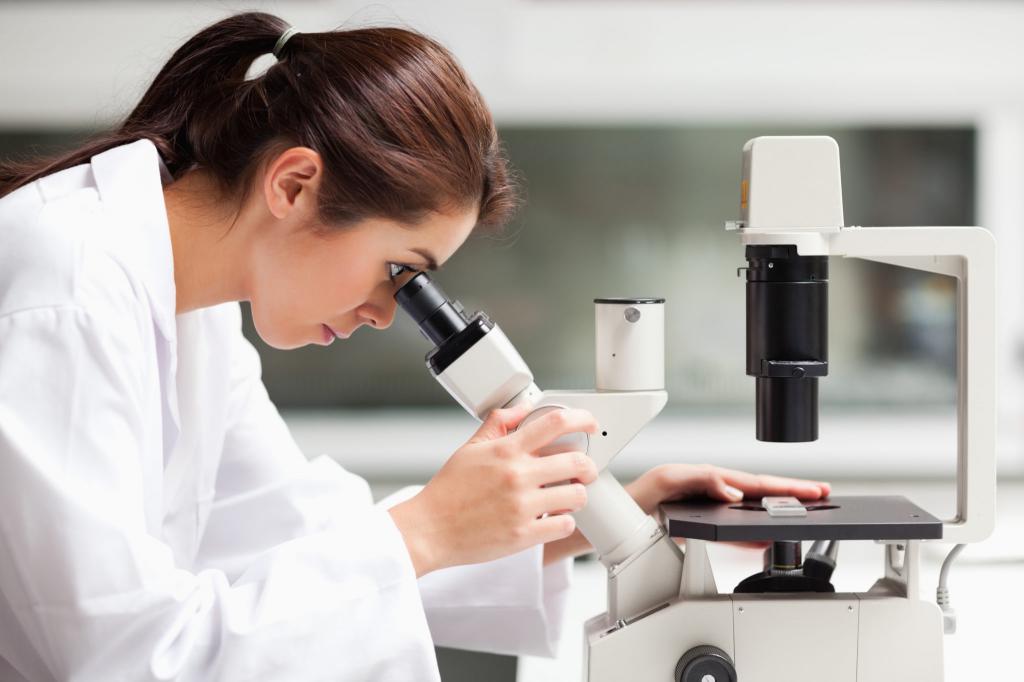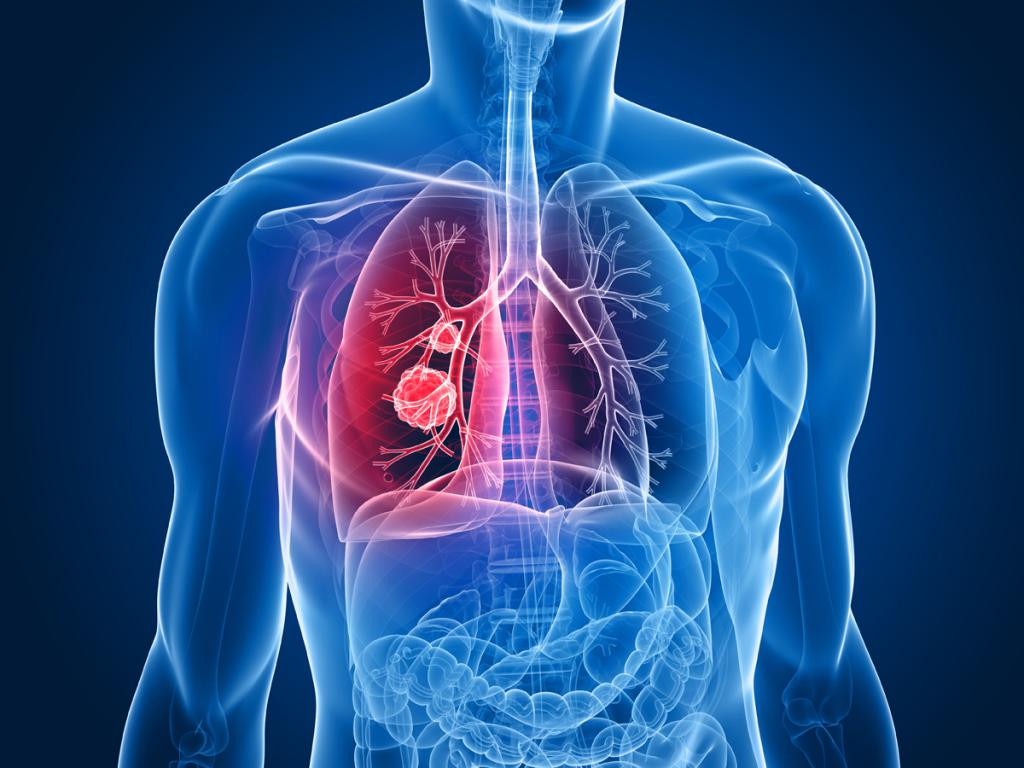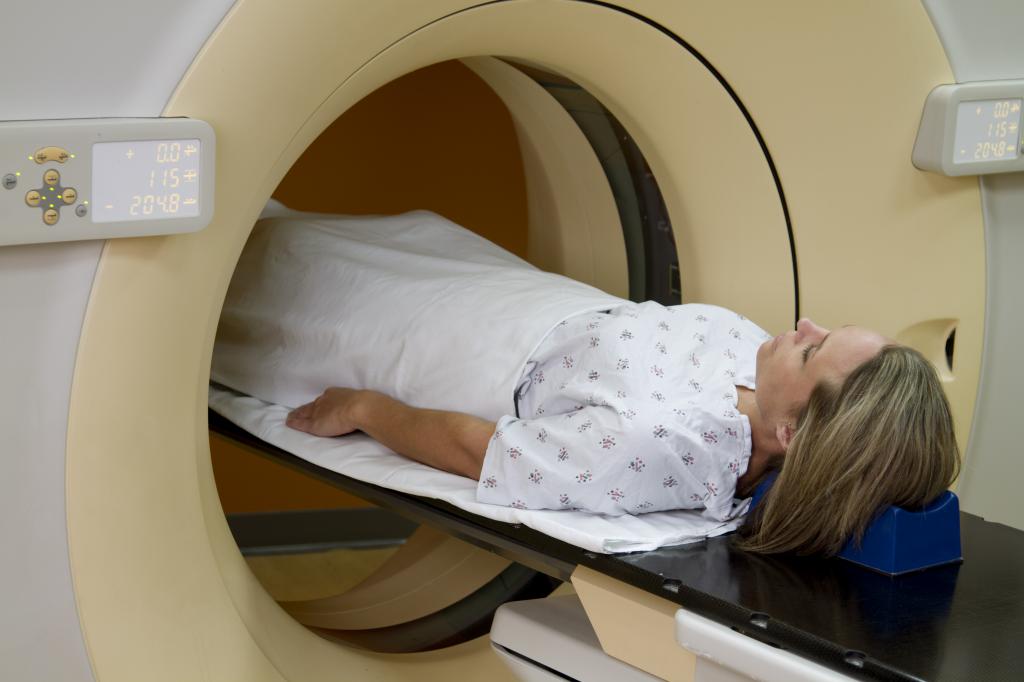Uterine leiomyosarcoma is a rare malignant formation of the uterine body that arises from muscle tissue (myometrium). About 1-5 out of every 1000 women who have previously been diagnosed with fibroids can develop the disease. The average age of patients varies from 32 to 63 years. Most cases of the disease occur in women older than 50 years. Compared with other types of oncological processes in the uterus, this type of cancer is the most aggressive. Uterine leiomyosarcoma accounts for up to 2% of all malignant tumors of the uterus.

Oncology in gynecology occurs annually. More often, women of reproductive age are susceptible to cancer . Many patients with leiomyosarcoma have a history of other gynecological diseases. In 75% of patients, cancer is combined with uterine myoma.
Epidemiology
About six out of a million women are diagnosed with uterine leiomyosarcoma annually. The disease is often detected by chance when a woman undergoes a hysterectomy (removal of the uterus) due to the large size or number of fibroids. It is quite difficult to detect the development of the oncological process before surgery. This is due to the fact that most women have several myomatous nodes. And for making a diagnosis, a biopsy of each of them is necessary.
Causes
The exact cause of uterine leiomyosarcoma is unknown. The oncological process often occurs spontaneously, without apparent reason. Researchers have suggested that certain factors contribute to certain types of cancer. These include:
- genetic and immunological abnormalities;
- environmental factors (for example, exposure to ultraviolet rays, certain chemicals, ionizing radiation);
- excess weight;
- stress.

In people with cancer, including leiomyosarcoma, malignant neoplasms can develop due to abnormal changes in the structure and location of certain cells, known as oncogenes or suppressor genes. The former control the growth of cells, the latter - their division and death. The specific reason for the change in these genes is unknown. However, studies show that DNA abnormalities (deoxyribonucleic acid), which is the carrier of the genetic code of the body, are the basis of cell malignant transformation. These abnormal genetic changes can occur spontaneously for unknown reasons and, in rare cases, can be inherited.
The occurrence of leiomyosarcoma may be associated with specific genetic and environmental risk factors. Some hereditary conditions occurring in families may increase the risk of developing the disease. These disorders include:
- Gardner's syndrome is a rare hereditary disease characterized by the appearance of adenomatous polyps in the intestine, a variety of skin lesions and osteomas of the skull bones.
- Li-Fraumeni syndrome is a rare disease with a hereditary pathology. It is characterized by the development of cancer due to mutations in the gene responsible for the development of a malignant process in the body.
- Werner Syndrome (or Progeria) is a disease expressed in premature aging.
- Neurofibromatosis is a condition characterized by a change in the color of the skin (pigmentation) and the appearance of tumors on the skin, in the brain and other parts of the body.
- Immune deficiency syndromes (HIV, primary, secondary immunodeficiency). Immune system disorders resulting from certain causes. For example, the defeat of the virus, corticosteroids, radiation and so on.

No exact association between leiomyosarcoma and these disorders has been found.
Signs and Symptoms
Symptoms of uterine leiomyosarcoma vary depending on the exact location, size, and progression of the tumor. In many women, the disease is asymptomatic. The most common sign of a malignant process is abnormal blood discharge during menopause. Unusual discharge is an important factor that can indicate not only uterine leiomyosarcoma, but also other gynecological diseases.
Common symptoms associated with cancer include a feeling of malaise, fatigue, chills, fever and weight loss.
Signs and symptoms of uterine leiomyosarcoma may include:
- Vaginal bleeding.
- A formation in the pelvic area that can be detected by touch. It is observed in 50% of cases.
- Pain in the lower abdomen is noted in about 25% of cases. Some tumors are very painful.
- An unusual feeling of fullness and pressure in the pelvic area. In some cases, bulging of the tumor is noted.
- Vaginal discharge.
- Enlarged lower abdomen.
- Rapid urination due to compression / pressure of the tumor.
- Lower back pain.
- Pain during intercourse.
- Hemorrhage. Bleeding can occur with large tumors.
- Heart attack Tumor hemorrhage can lead to tissue death.

Uterine leiomyosarcoma can spread locally to other areas of the body, especially to the lungs and liver, often causing life-threatening complications. The disease tends to relapse in more than half of cases, sometimes within 8-16 months after the initial diagnosis and treatment.
Establishing diagnosis
For the diagnosis of uterine leiomyosarcoma, a histological examination is performed. Examination of fibrous tissue is a key diagnostic aspect that distinguishes malignant leiomyosarcoma from benign - leiomyoma. To assess the size, location, progression of the tumor, an additional examination is prescribed. For example:
- computed tomographic scanning (CT);
- magnetic resonance imaging (MRI) ;
- transvaginal ultrasound (ultrasound).
CT scans use a computer and X-rays to create a film showing cross sections of certain tissue structures. MRI uses a magnetic field and radio waves to obtain images of the cross section of individual organs and tissues of the body. During ultrasound, the reflected sound waves create an image of the uterus.

Laboratory tests and specialized diagnostics can also be carried out to determine the possible infiltration of regional lymph nodes and the presence of distant metastases.
Stages of the disease
One of the biggest problems associated with diagnosing cancer is that the cancer metastasizes (spreads) beyond its original location. Stage is indicated by a number from 1 to 4. The higher it is, the more the cancer has spread throughout the body. This information is necessary to plan the right treatment.
The following stages of uterine leiomyosarcoma are distinguished:
- Stage I - the tumor is located only in the uterus.
- Stage II - cancer spreads to the cervix.
- Stage III - the cancer extends beyond the uterus and cervix, but is still in the pelvis.
- Stage IV - Cancer metastasizes beyond the pelvis, including the bladder, abdomen, and groin.
Treatment
Uterine leiomyosarcoma is a rare but clinically aggressive malignant disease. The choice of treatment tactics is carried out depending on various factors, such as:
- primary location of the tumor;
- stage of the disease;
- degree of malignancy;
- tumor size;
- tumor cell growth rate;
- tumor operability;
- spread of metastases to the lymph nodes or other organs
- age and general health of the patient.

Decisions regarding the use of specific interventions should be made by doctors and other members of the medical board after careful consultation with the patient, as well as on the basis of the particularities of this case.
Surgery
The main form of treatment for uterine leiomyosarcoma is the removal of the entire tumor and any affected tissue. Usually, complete surgical removal of the uterus (hysterectomy) is performed. Removal of the fallopian tubes and ovaries (bilateral salpingo - oophorectomy) can be recommended for women who are in the period of menopause, as well as in the presence of metastases.
After removal of the uterus, the consequences for the body are the cessation of regular menstrual bleeding. This means that a woman will no longer be able to have children. But since uterine leiomyosarcomas are usually found in older women, removal of the uterus after 50 years should not be a problem. Usually women already have children or no longer plan a pregnancy. However, existing methods of assisted reproductive technologies are a possible solution for couples who want to have a baby.

In addition to the loss of childbearing function, after removal of the uterus, consequences for the body can be expressed in the following symptoms:
- loss of sexual desire;
- hormonal imbalance;
- psychological disorders;
- the appearance of secretions;
- pain;
- weakness.
The treatment of patients with metastatic and / or recurrent disease should be determined on an individual basis. The best option is complete removal of the tumor. However, this is not always possible. The patient should be examined regularly to prevent relapse.
Chemotherapy and radiation therapy
After surgery, medication is prescribed in combination with chemotherapy and radiation therapy. In some cases, radiation therapy can be used before surgery to reduce the size of the tumor. At stages 3 and 4, it does not always give a positive result.

To destroy tumor cells, the doctor prescribes special medications in the form of tablets or injections. Certain combinations of chemotherapeutic agents may also be used. Research is currently underway to develop new chemotherapeutic combinations that may be useful in the treatment of leiomyosarcoma.
Possible complications
Leiomyosarcoma is a type of soft tissue sarcoma. Before, during and after the diagnosis and treatment of a uterine tumor, the following possible complications may occur:
- Stress, anxiety, apathy due to uterine cancer.
- Severe and prolonged menstrual bleeding can lead to anemia.
- The tumor can undergo mechanical damage, such as twisting, which can lead to excruciating pain. It is known that polypoid tumors in some cases cause cervical prolapse.
- Some tumors grow to large sizes and even protrude from the uterus, affecting the adjacent reproductive organs.
- Cancer can spread in any direction, even at the regional level. It can affect the gastrointestinal tract or urinary tract.
- A delay in diagnosis can lead to the spread of metastases.
- Metastases in the early stages of uterine leiomyosarcoma arise due to the high vascularity (blood supply) of the uterus. As a rule, the lungs usually suffer first.
- A tumor can also adversely affect adjacent / surrounding structures, such as nerves and joints, resulting in discomfort or loss of sensation.
- Side effects of chemotherapy and radiation.
- Sexual dysfunction can occur as a side effect of surgery, chemotherapy, or radiation therapy.
- Tumor recurrence after incomplete surgical removal.

Uterine leiomyosarcoma. Forecast
The main treatment for patients diagnosed for the first time with leiomyosarcoma is surgical removal of the uterus and cervix. In approximately 70-75% of patients, the disease is diagnosed in stages 1-2, when the cancer has not yet spread beyond the organ. 5-year survival is only 50%. In women with metastases that spread outside the uterus and cervix, the prognosis is extremely poor.
To assess the patient’s condition, specialists use the following characteristics of an oncological tumor:
- the size;
- cell division rate;
- progression;
- location.
Despite complete surgical removal and the best available treatment methods, approximately 70% of patients may develop relapse on average 8-16 months after the initial diagnosis.
After treatment
In gynecological diseases complicated by oncology, a hysterectomy is prescribed. This forced measure is aimed at saving the patient's life. The postoperative period after removal of the uterus consists in observing and following the patient's recommendations. For example:
- restriction of physical and sexual activity within 6 weeks;
- wearing a bandage;
- rest and sleep;
- do not use tampons;
- Do not go to baths, pools, use a shower.

How often do you need to go to the gynecologist? Examinations are recommended every 3 months for the first three years after diagnosis. Computed tomography is performed every six months to a year for monitoring. If any unusual symptoms appear in the postoperative period after removal of the uterus, you should immediately consult a doctor.
Where to go
Oncological gynecologists treat leiomyosarcoma of the uterine body. And, I must say, quite successfully. One of the leading scientific and medical institutions for cancer in our country is the Herzen Cancer Center in Moscow. The clinic provides a wide range of modern methods of research and treatment of cancer, including uterine cancer. Malignant tumors of the female genital organs occupy a special place in oncology. It is such gynecological diseases that are most often found in women. What to do is the scourge of modern society. More than 11 thousand patients render specialized hospital care at the Herzen Cancer Center in Moscow annually.

Finally
Uterine body leiomyosarcoma is a rare tumor that accounts for only 1% to 2% of all uterine malignancies. Compared to other types of uterine cancer, this tumor is aggressive and is associated with high rates of progression, relapse and mortality.
The treatment of malignant neoplasms is mainly carried out by surgical intervention and additional therapeutic measures, which include radiation therapy and chemotherapy. The prognosis of uterine leiomyosarcoma mainly depends on the stage of the cancer and other factors.
Medical centers and hospitals specializing in sarcomas are researching new treatments for people with soft tissue sarcomas, including new chemotherapeutic drugs, new drug combinations, and various biological treatments that include the immune system in the fight against cancer.